|
Arts Integration 101 & the Supplies You Need for Your Learning Space to Make it Happen By Estella Owoimaha-Church We have all had at least one morning where you have, literally, lesson-planned on your morning commute to work. Well, on mornings like this, I am glad I am familiar with arts integration. Supporting arts integration in your learning space does not have to be another “thing” on your massive to-do list in the classroom. There are variant degrees and many ways to integrate art effectively and regularly. The Kennedy Center for the Performing Arts does a great job in defining what arts integration is as well as provide a plethora of resources and materials to aid in the process. Arts integration is defined as:
(For an in-depth explanation of the above, please read the Kennedy Centers definition of arts integration.) In other words, there are levels to this and degrees to which arts integration might manifest in your learning spaces. You might consider redesigning your whole space over the summer in order to make arts integration a more regular part of your practice. This could be as simple as ensuring there are always some basic art supplies available in the corner of your room. You might start with revamping a single unit to include a more creative approach to a formative assessment. Either way, it should not feel like another bullet on your long list of things to do, nor should it feel inauthentic for you or learners. Aside from the Kennedy Center, Edutopia has also curated a useful list of resources related to arts integration as well. I am all about arts integration in our learning space. As an English and Theatre Arts educator, it comes naturally for me and I embed the arts as often as I can, as thoroughly as I can. Below are some of my go-tos to support arts integration and students’ varied learning styles.
Above are some very basic supplies and tools to keep handy in your learning space. With these items, arts integration can happen on the fly, daily or as a larger part of your most thought-out lesson plan. You might be happy or surprised to find, the list is quite lo-tech and basic. I wouldn’t be shocked if you already had several of these in your space already.
We know that our babies and kiddos each have unique learning styles; visual, kinesthetic, auditory, etc. We also know neither of these learning styles are mutually exclusive and due to varied learning needs we must differentiate. Sometimes it feels impossible to do so effectively and in a way that best supports individualized instruction. The beauty of arts integration, and tools like sketchnoting, is that learners are able to connect with content in a personal way as well as receive direct input through more than one modality. When this happens, the learner’s experience is authentic and information is retained at greater rates. Additionally, avenues towards supporting social emotional learning open up. That’s a whole lot of birds with one tiny little pebble. So, why not give it a shot? Start small and do what whatever you can do. As an Amazon Associate, EN-ACT earns from qualifying purchases.
0 Comments
Leave a Reply. |
AuthorsThis blog is curated by EN-ACT creators, Mandy Matthews & Estella Owoimaha-Church. Archives
March 2020
CategoriesAs an Amazon Associate, EN-ACT earns from qualifying purchases.
|

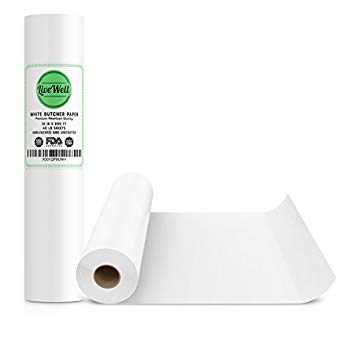

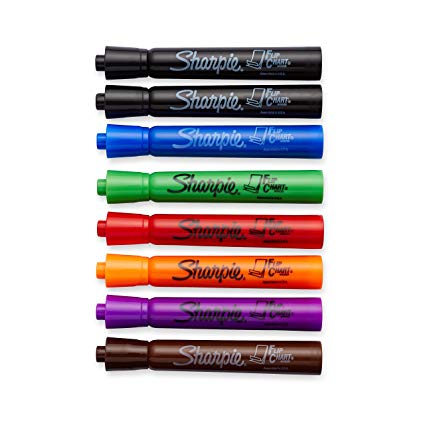

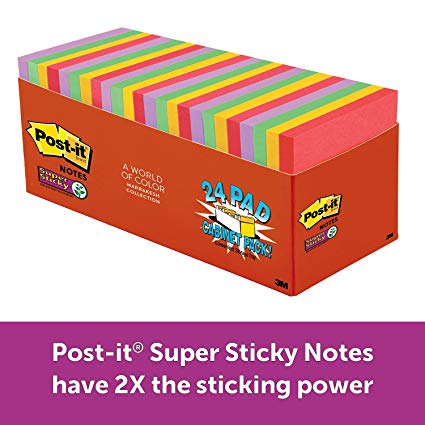

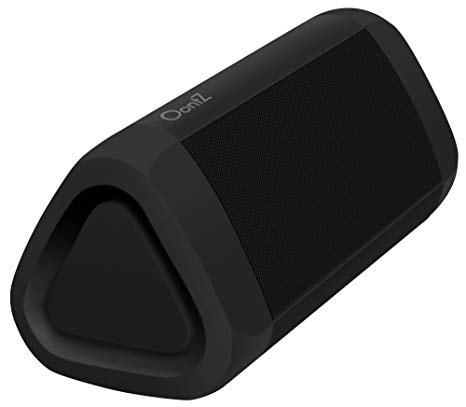
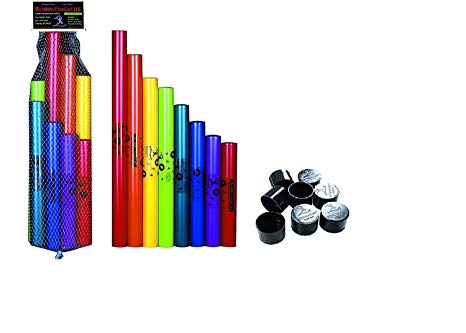
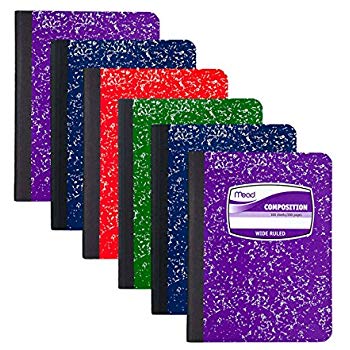
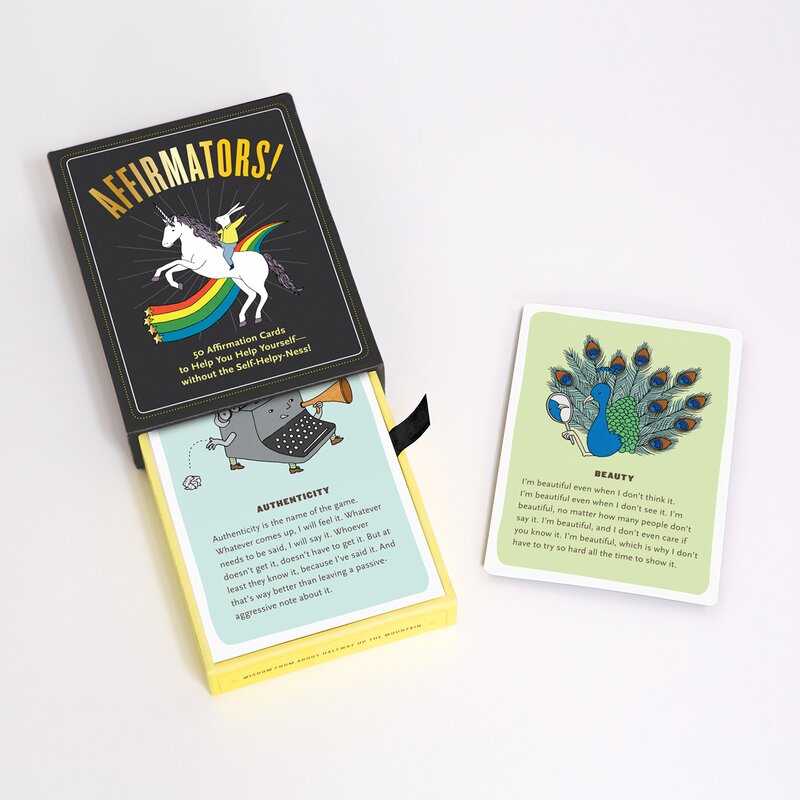
 RSS Feed
RSS Feed
